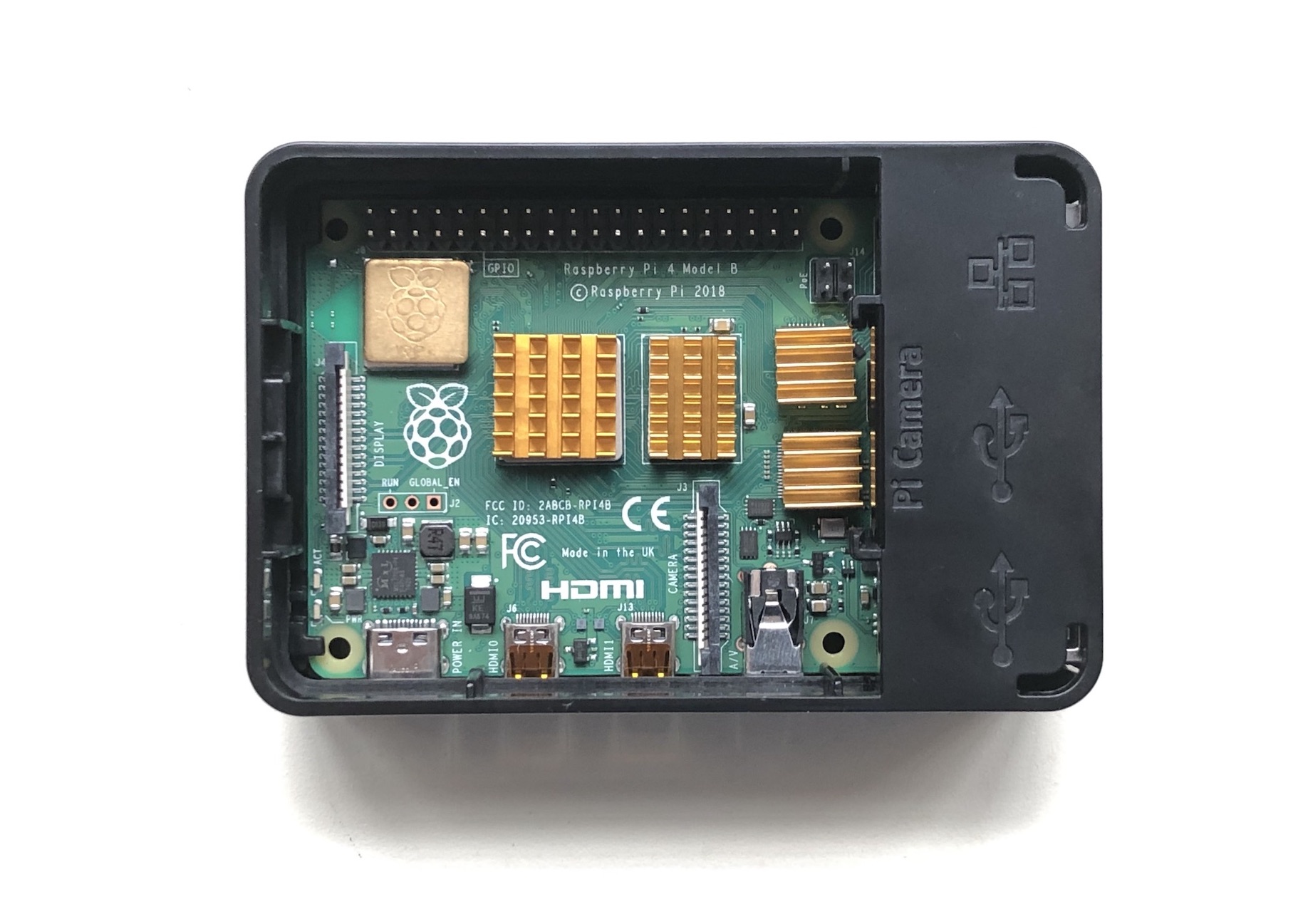


- SETTING UP RASPBERRY PI AS EMULATOR MAC HOW TO
- SETTING UP RASPBERRY PI AS EMULATOR MAC MAC OS X
- SETTING UP RASPBERRY PI AS EMULATOR MAC ANDROID
- SETTING UP RASPBERRY PI AS EMULATOR MAC SOFTWARE
Once the Terminal App is up and running, navigate over to your Downloads folder via the command "cd ~/Downloads": Assuming you're using OS X 10.7 or later, you can launch it from Applications, and then either click Utilities (in 10.7) or Other (in 10.8).
SETTING UP RASPBERRY PI AS EMULATOR MAC SOFTWARE
Once you've unzipped the folder containing the software image, you'll need the Terminal app. zip via torrent - remember to be a good web citizen and seed for a while. You want the latest direct download of Raspbian. Specifically, we'll be using the dd tool on OS X and Linux, and Win32DiskImager on Windows.įor simplicity's sake, we recommend you clear your Downloads folder before beginning. For the purposes of this article, however, we'll stick to the more generic methods.
SETTING UP RASPBERRY PI AS EMULATOR MAC MAC OS X
Now that the Raspberry Pi has been out a while, there are quite a few methods for writing the Raspbian image to your SD card, regardless of whether you're using Windows, Mac OS X or Linux. Installing the Raspbian image to an SD Card Once this awesome little device arrives at your door and you've gathered all the necessary gear it's time to get this Pi baked. (It only uses one of the two available USB ports.) ▪ A wireless Logitech K260 keyboard and mouse combo. ▪ A 16GB Class 10 SanDisk Ultra SDHC card (rated at 300 MB/s) What we're using, in case you're wondering:
SETTING UP RASPBERRY PI AS EMULATOR MAC ANDROID
▪ A means of supplying power to the unit (we use an old Android phone charger). ▪ An SD card reader so you can write the OS image to your SD card To support the wonderful cause of the Raspberry Pi Foundation, we encourage you to grab yourself a $35 Model B Raspberry Pi from one of the distributors: Premier Farnell / element14 or RS Components. In this article we're going to take you through the setup steps to get your Raspberry Pi Model B up and running with Raspbian, the Debian-based Linux distro used here. In other words, it's got the graphics power of the original Xbox. The Raspberry Pi's GPU boasts 1 Gpixel/s, 1.5 Gtexel/s or 24 GFLOPs of general purpose compute power and is OpenGL 2.0 Compliant. For your audio needs, you've got a 3.5mm audio jack and that HDMI output, which also supports audio transmission. The Model B also sports two USB ports, HDMI out and a 10/100 Ethernet port. Keep in mind this chip's main purpose is to power a cheap computer with a basic level of functionality, mainly geared towards education. Sporting a meager 256MB of RAM and a 700MHz ARM-11 processor, the Pi is a modest piece of kit. It's not meant to replace that powerhouse Linux desktop you built last summer with your savings. Let's be honest: the Pi is really an educational device, meant for hobbyists and aspiring youths out there to learn about programming. If you were underwhelmed by the Pi, it might be that you got it for the wrong reasons. If you were lucky enough to nab one of the first units, odds are you were either amazed or utterly disappointed by what arrived in the mail. However, on the night of release, all distributor sites where slammed with a glut of requests. Initially, the Raspberry Pi was seeded out as an early developer release, with hopes of gaining early support from the development community.
SETTING UP RASPBERRY PI AS EMULATOR MAC HOW TO
Follow past the break and we'll show you how to set yours up now that you've actually succeeded in snagging one. The Raspberry Pi is truly the Linux device of the year, if not the past decade. Fast forward to today, and you can finally get your hands on one within three weeks. The night it became available to order, both Premier Farnell/element14 and RS Components, the official distributors of the Pi project, exhibited the signs of a late '90s Slashdot effect: you could barely even get the two sites to load. When the Raspberry Pi was released earlier this year, the credit-card-sized Linux machine became an instant hit.


 0 kommentar(er)
0 kommentar(er)
